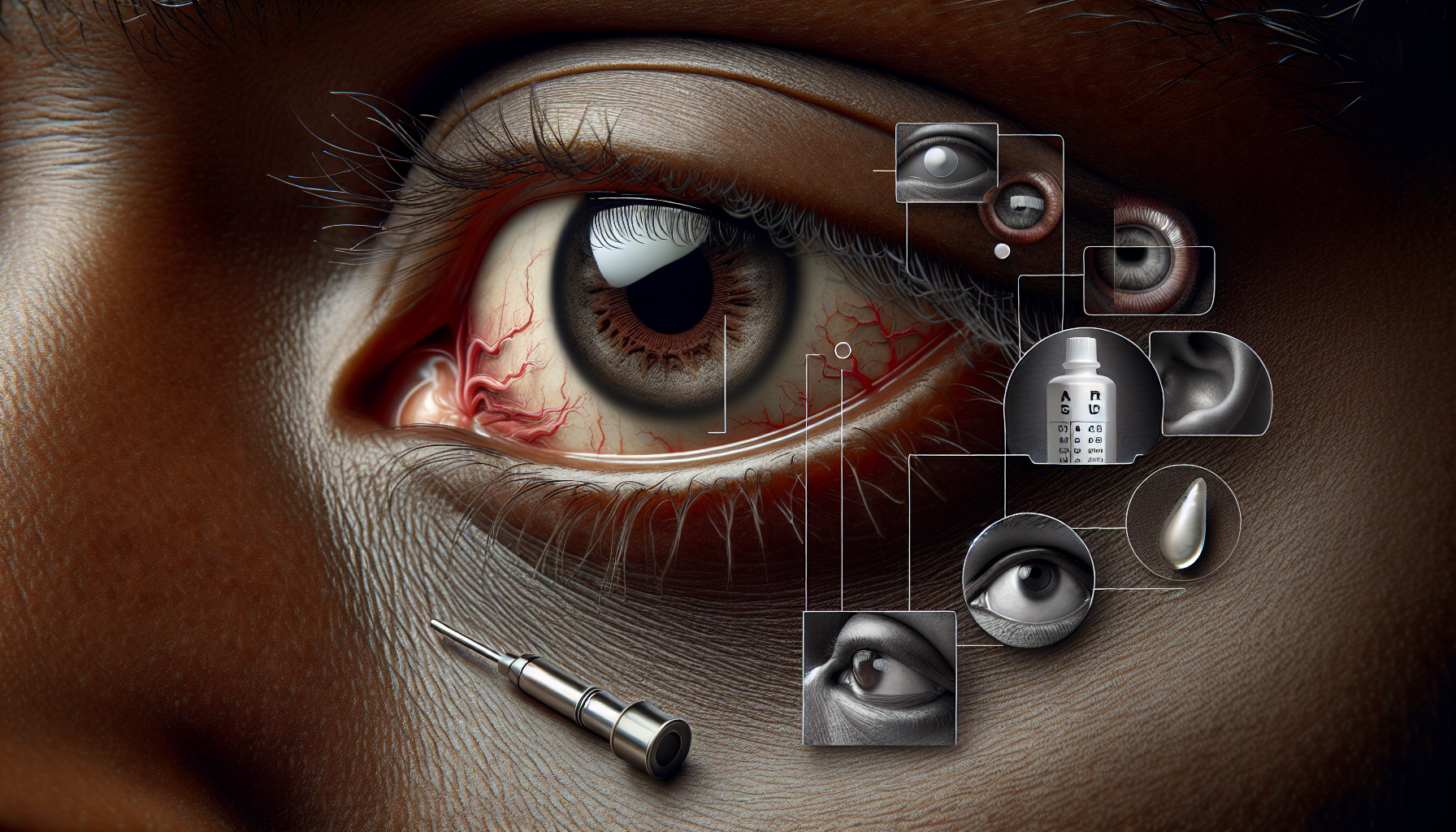The sight of dark, puffy circles under your eyes in the mirror might be worrisome. While they can be a cause for concern, most times, these under-eye bags are harmless. However, it’s always advised to consult with a medical professional who can guide you on skin care and recommend appropriate treatment if required.
So, what exactly are under-eye bags? They are slight swelling or puffiness in your lower eyelids or dark circles on the skin beneath your eye. Several factors such as aging, fluid retention, and sometimes certain medical conditions can lead to them. Although they may concern you aesthetically, under-eye bags usually don’t signify a serious health condition. In many instances, a few lifestyle changes and proper skin care can improve their appearance.
As we age, the tissues and muscles that support our eyelids weaken, leading to sagging skin and under-eye bags. Sometimes, fat that usually surrounds your eye can move into your lower eyelid, resulting in a puffy appearance and shadows. Fluid accumulation below your eyes can also cause under-eye bags. Consuming excessive salt, which leads to fluid retention, can contribute to the formation of these dark circles.
Some common causes of under-eye bags include:
– Insufficient sleep
– Allergies
– Smoking
– Sinus issues
– Dehydration
– Stress
– Crying
– Genetics
The signs of under-eye bags are usually localized to the eye area. You may notice dark circles on the skin under your lower eyelids. While they might be displeasing aesthetically, they rarely cause pain or require significant treatment. People with under-eye bags usually experience minor swelling, loose or sagging skin, and dark circles.
Although under-eye bags generally aren’t symptomatic of a severe condition, they could indicate other issues. For instance, sudden occurrence of under-eye bags could be indicative of a thyroid condition like Graves’ disease. Similarly, allergies can cause under-eye bags when histamines released by the body cause fluid to leak from blood vessels under your eyes, resulting in puffiness. Infections or inflammations from conditions like pink eye or dry eye syndrome can also cause swelling. In these instances, it’s advisable to consult with a doctor for appropriate treatment. Lifestyle choices, such as tobacco use, can exacerbate under-eye bags by breaking down collagen and reducing skin elasticity.
Preventing under-eye bags might not always be possible, especially if there’s a hereditary component. However, maintaining a healthy lifestyle and incorporating home remedies can help reduce their likelihood. Here are some measures you can take to prevent sagging skin:
– Ensure sufficient sleep
– Avoid smoking
– Limit alcohol consumption
– Remove makeup before bed
– Incorporate an eye cream in your skincare regimen
– Use sunscreen and wear sunglasses to minimize UV exposure
If you’re looking for more specific recommendations on preventing under-eye bags, consider speaking to an eye specialist.
While you can identify under-eye bags, a doctor is required to diagnose their cause. They may perform tests to check for thyroid disease, infection, or allergies. If your primary care doctor can’t determine the cause, they might refer you to an ophthalmologist for a more detailed exam. If you experience severe swelling, eye pain, itchiness, redness, or persistent under-eye bags that don’t respond to treatment, it could indicate a more serious condition.
If under-eye bags are causing insecurity or discomfort, discuss with your doctor about oculoplastic surgery to correct the issue.
Various remedies can help alleviate under-eye bags, according to the American Academy of Ophthalmology:
– Applying a cool compress over your eyes
– Ensuring restful sleep
– Sleeping with your head slightly elevated
– Avoiding fluid intake before bed
– Limiting salt intake
– Quitting smoking
– Reducing allergy symptoms with a neti pot or medication
– Placing tea bags on your eyes
If you’re having difficulty getting rid of under-eye bags, using a concealer can help restore confidence while you explore other remedies. Discuss with your doctor about skin therapies like laser treatment, chemical peels, and filters that help even out your skin tone. In severe cases, blepharoplasty (a type of eyelid surgery that removes fat from your lower eyelid) might be recommended.
Remember, whether you opt for home remedies or surgery to remove under-eye bags, always consult your doctor beforehand. Although generally harmless, a professional opinion from your primary care physician or an ophthalmologist can guide you to the most suitable option for you.


Comments are closed for this post.